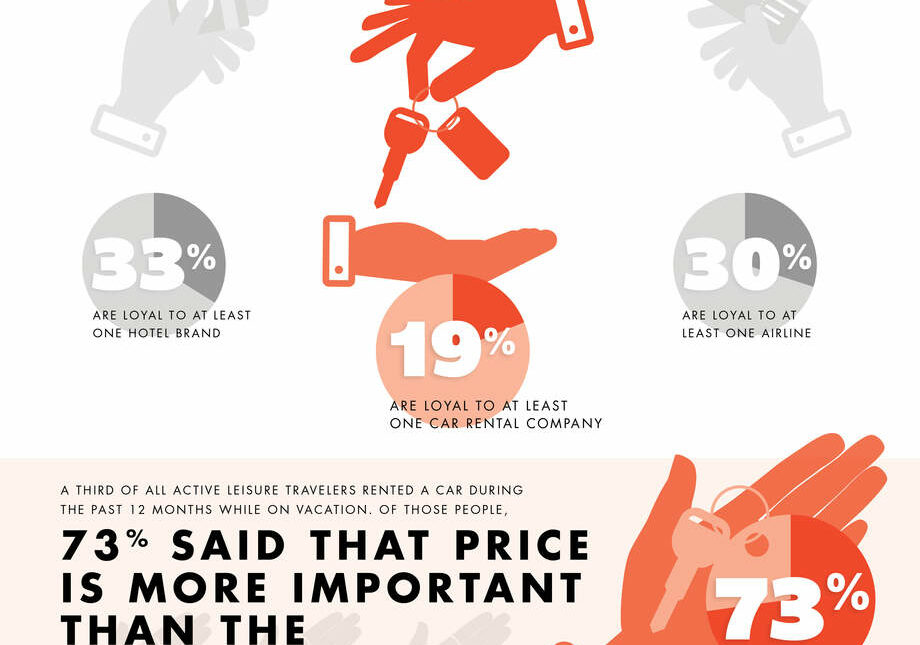Originating over a hundred years ago with stamps and points collected to earn coupons and prizes, loyalty programs began in the travel space as a result of the 1978 Airline Deregulation Act, which motivated airlines to reward repeat customers in an effort to drive brand loyalty. This act led to loyalty programs and special seat pricing, which then inspired lodging and rental car companies to develop their own loyalty programs.
Just as travel loyalty programs have evolved, reasons for joining them have evolved as well. Loyalty program membership is no longer an indication of true loyalty to a hospitality brand. In today’s travel environment, membership simply means that the brand is among the limited number of brands being considered.
This point is highlighted by the fact that the majority of frequent guest program members feel no loyalty toward any individual hotel brand. The same goes for airlines and their frequent flyer program members. Clearly, loyalty program membership does not necessarily indicate loyalty.
The question of loyalty is important in the travel market, and it’s essential for marketers to better understand the interconnections of brand loyalty and loyalty program membership. For this reason, the final research paper of MMGY Global’s 2017–2018 Portrait of American Travelers® series explores this topic in detail.
Below are a series of infographics highlighting one of the key findings of the research paper – the increased challenge among rental car brands to both hold onto and further develop traveler loyalty.


